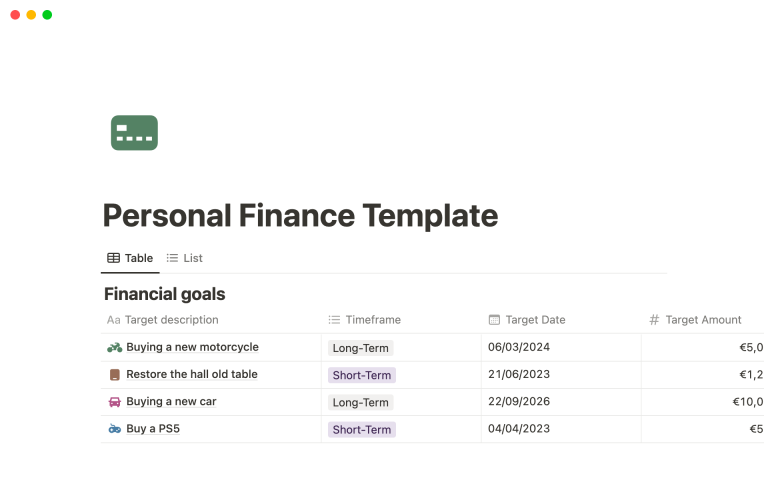In today’s volatile financial landscape, mastering the art of money management can be the difference between sustained profitability and catastrophic losses. Among the various strategies that traders employ, the Anti-Martingale Money Management System has garnered attention for its unique approach to risk and reward. This article will delve deep into the intricacies of the money management martingale strategy, how it can be implemented effectively, and the psychological aspects that go hand in hand with trading success.
Understanding the Money Management Martingale Strategy
The term “Martingale” originates from a betting strategy where the gambler doubles their stake after every loss, hoping that the subsequent win will recover all previous losses plus a profit equal to the original stake. In the context of trading, the money management martingale strategy revolves around a similar concept but is tailored to be less risky and more structured.
Unlike the conventional Martingale, which can lead to significant financial strain and potential ruin, the Anti-Martingale focuses on increasing position sizes during winning streaks while reducing them during losing streaks. This approach puts an emphasis on capital preservation and effectively leverages the trader’s winning trades.
Implementing the Anti-Martingale Money Management System
The key to successfully implementing this strategy lies in understanding your risk tolerance and setting clear rules for both entries and exits. Here’s how you can approach it:
- Initial Capital Allocation: Start by determining your total capital and decide what percentage you are willing to risk on a single trade. This initial allocation is crucial for managing losses during trading.
- Position Sizing: When you win, consider increasing your position size. This could mean taking on more contracts or shares in a trade where you have demonstrated a consistent profit-making ability. Conversely, when facing losses, reduce your position size to protect your capital.
- Set Clear Rules: Maintain a trading journal that documents your trades, the rationale behind them, and the outcomes. This reflection can help refine your strategies over time.
- Monitor Your Psychological State: Trading can evoke a spectrum of emotions, from exhilaration during winning trades to despair after losses. It’s crucial to maintain an objective mindset and stick to your trading plan, irrespective of emotions.
The Psychological Edge in Money Management Martingale
Trading isn’t just about numbers; it’s a battle of psychology. Here’s how the mental game plays into the money management martingale strategies:
- Confidence Building: By focusing on incremental gains and wins when utilizing the Anti-Martingale, traders can cultivate confidence that may help in making sound decisions under pressure.
- Avoiding the Gambler’s Fallacy: One of the pitfalls of traditional Martingale is the belief that losses will eventually recover through sheer chance. Understanding that each trade is independent can help traders avoid falling into this trap.
- Acceptance of Losses: No trader wins consistently. Learning to accept losses as part of the trading process helps mitigate the emotional turmoil associated with them and reinforces the importance of risk management.
Charting Your Progress: The Importance of Review
To effectively use the money management martingale strategy, regular reviews of your trading performance are essential. Here’s how you can go about it:
- Monthly Assessments: At the end of every month, evaluate your trades. Which strategies worked? Which didn’t? This information is invaluable for refining your approach.
- Document Emotional Responses: Record your feelings during both winning and losing trades. Understanding your emotional responses can help you develop better coping strategies for future trades.
- Adjust Techniques: Utilize your findings to adapt your trading methods appropriately. Flexibility can greatly enhance your chances of success.
Illustrating the Concept: Strategies in Action
Visual Representation of the Anti-Martingale Strategy

This visual provides insight into the mechanics of the Anti-Martingale approach. Each step reflects the strategy’s focus on capital preservation while maximizing gains, emphasizing the critical thinking necessary in trading.
Pros and Cons of the Money Management Martingale Approach
Just like any trading strategy, the Anti-Martingale method has its pros and cons:
- Pros:
- Encourages discipline and systematic trading.
- Focuses on maximizing profits during winning streaks.
- Reduces emotional strain associated with high-risk strategies.
- Cons:
- Potential to miss out on opportunities when overly cautious during losses.
- May lead to overthinking trades and deviating from your plan.
- Requires detailed record-keeping and analysis, which may be time-consuming.
Final Thoughts on Money Management Martingale
The Anti-Martingale approach not only enhances financial outcomes but also fosters a mindset geared towards consistent improvement and learning. By mastering this money management strategy, traders can achieve a sense of control that lessens the fear of losses while maximizing their profits during prosperous periods.
As you embark on your trading journey, remember that effective money management is not solely about numbers but involves a holistic understanding of your own psychology, market conditions, and trading strategy. The money management martingale approach is more than just a strategy; it’s a path towards becoming a more proficient trader.
Ultimately, successful trading is not about always winning but about minimizing the impact of losses and maximizing the profitability of wins. Armed with the right knowledge and a solid strategy, you can navigate the complexities of trading with a renewed sense of purpose.


